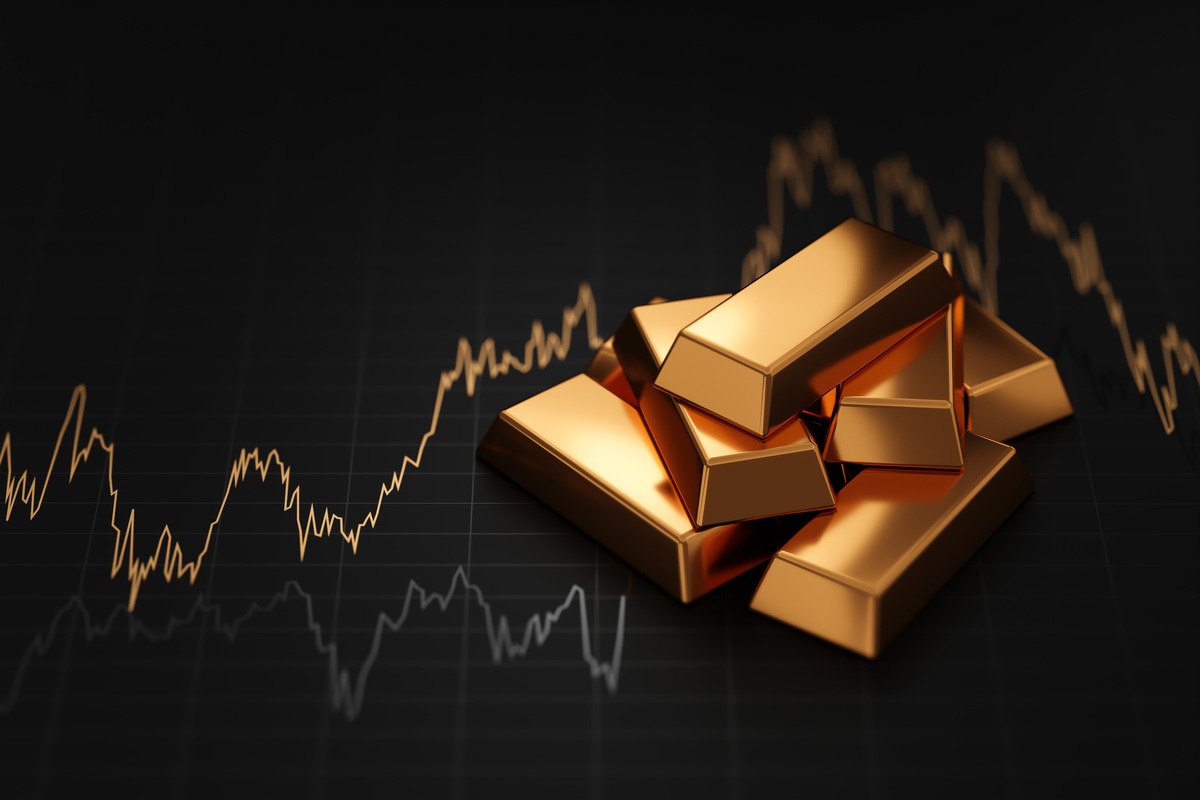Gold prices edged lower on Thursday but hovered near their record-high hit in the previous session, as trade tensions between China and the U.S. raised safe-haven demand. Today, investors are awaiting the release of the U.S. jobs data for further insight into the future direction of the Federal Reserve’s interest rates.
In the UAE, gold rates rose, with 24-carat gold climbing AED1 to AED345.75 and 22-carat gold rising AED0.75 to AED321.5. Meanwhile, 21-carat gold rose by AED0.75 to AED308.25 and 18-carat gold increased by AED0.5 to AED264.25.
Globally, spot gold fell 0.01 percent to $2,869.69 per ounce, as of 5:26 GMT, after hitting an all-time high of $2,882.16 in the previous session. Meanwhile, U.S. gold futures declined 0.17 percent to $2,888.19.
The U.S. dollar index rose 0.15 percent to 107.74, making bullion less attractive for other currency holders.
U.S.-China trade war boosts safe-haven demand
U.S. President Donald Trump’s new 10 percent tariffs on Chinese imports came into effect on Tuesday. In response, China filed a World Trade Organization complaint against the new levy and his cancellation of a duty-free exemption for low-value packages, arguing that these actions are “protectionist” and break WTO rules.
China also imposed duties on U.S. goods in response to the tariffs, escalating the trade war between the two countries and further supporting gold prices near their new high.
The Trump administration’s tariff plans come with inflation risks, three Federal Reserve officials warned on Monday, with one arguing that uncertainty over the outlook for prices calls for slower interest rate cuts than otherwise.
With the current U.S. administration creating market uncertainty, and central bank buying showing no signs of slowing down any time soon, gold prices are very likely to exceed $3,000 this year.
Interest rate uncertainty rises
Market focus today is also on U.S. weekly jobless claims data, set to be released at 13:30 GMT, and Friday’s non-farm payrolls report, which is expected to offer additional insights into the economy’s strength.
Fed officials pointed to the large policy uncertainty around tariffs and other issues arising from Trump’s administration as among the top challenges in figuring out where to take U.S. monetary policy in the months ahead.
The Automatic Data Processing (ADP) report revealed that the private sector added 183,000 in January compared to the previous month’s upwardly revised reading of 176,000. This, however, was offset by the disappointing release of the US ISM Services PMI, which declined to 52.8 in January.
U.S. Treasury yields dropped to their lowest level since mid-December in reaction to the softer data. Moreover, expectations the Federal Reserve will lower borrowing costs twice this year dragged the U.S. dollar to over a one-week low, which supported gold prices in hitting a new high.
U.S. Treasury Secretary Scott Bessent said late on Wednesday that the focus is on bringing down 10-year Treasury yields rather than the Fed’s benchmark short-term interest rate. He added that interest rates will take care of themselves if we get energy costs down and deregulate the economy.
Read: Central banks, investors drive gold demand to new record in 2024
Other precious metals
As gold prices declined from their new high, the precious metals market saw mixed movement on Thursday. Spot silver fell 0.33 percent to $32.21 per ounce while platinum gained 0.36 percent to $982.95. However, palladium fell 0.33 percent to $986.








